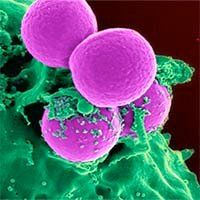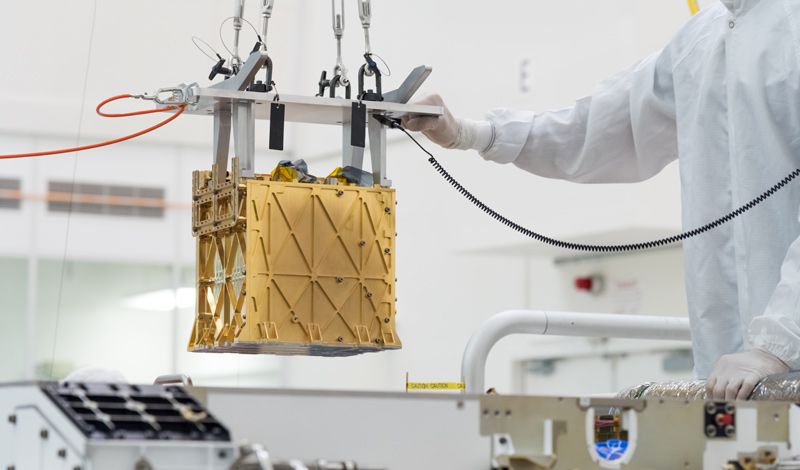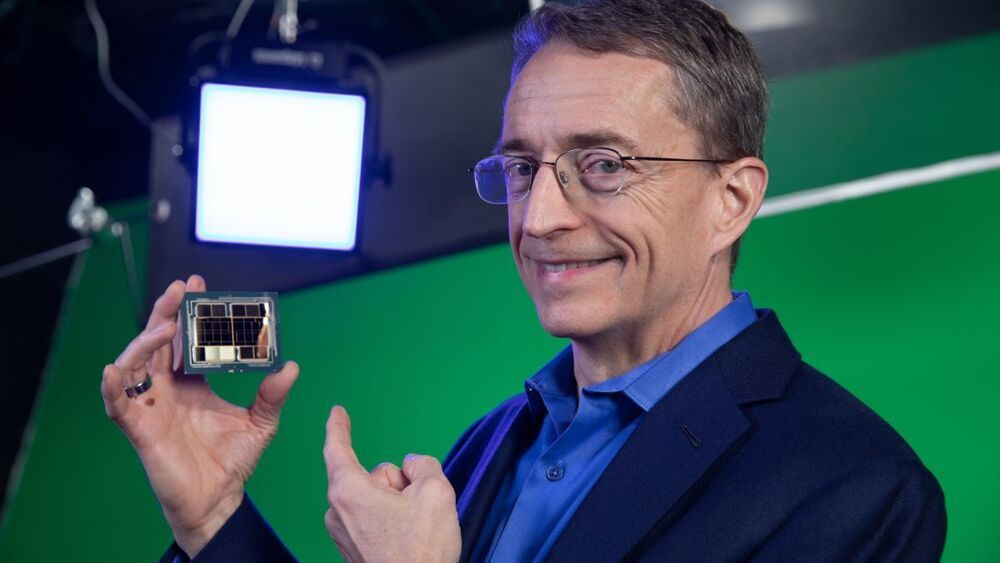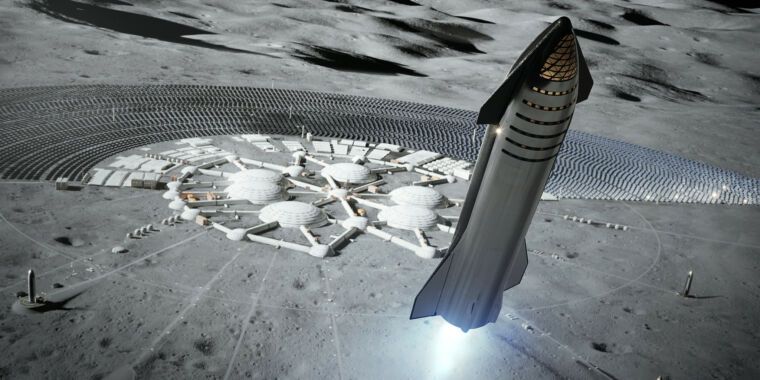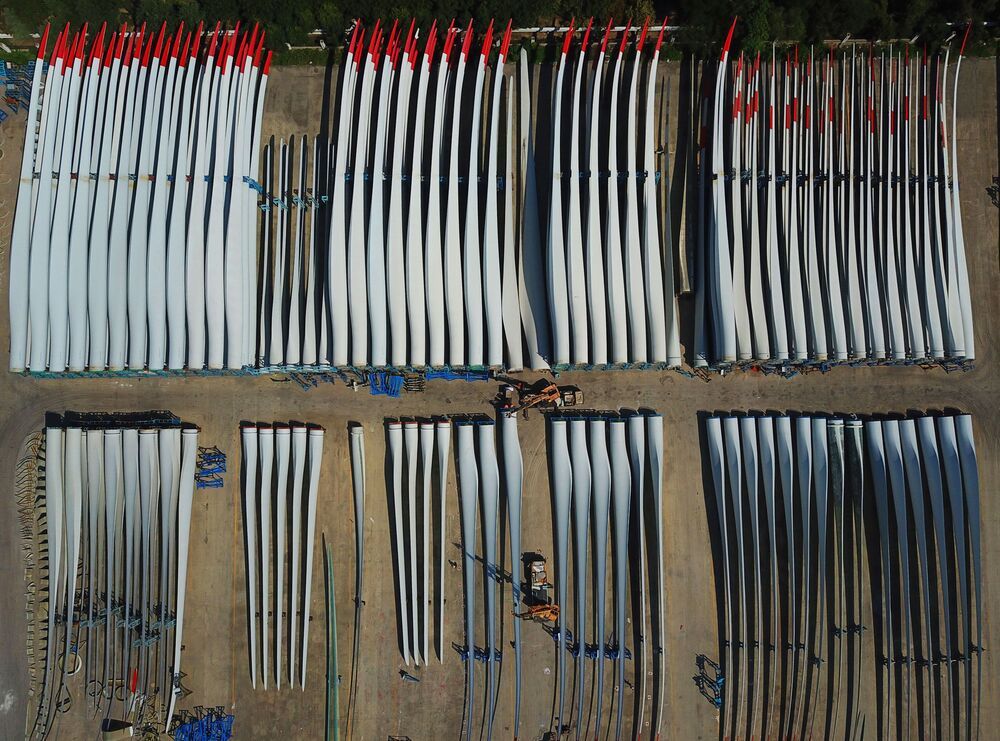Page 6686
Apr 24, 2021
New space radar in Costa Rica can track even tiny orbital debris
Posted by Dan Kummer in categories: futurism, satellites
It can track objects the size of a golf ball traveling at up 30000 kilometers per hour in LEO.
There’s a new giant space radar in Costa Rica that can track orbital debris as small as two centimeters. It was built by LeoLabs, a company that provides commercial radar tracking services for objects in Low Earth Orbit, which has declared the site fully operational less than a year after breaking ground. LeoLabs CEO Dan Ceperley said it’s the “most advanced commercial space radar of its kind” — one that’s capable of tracking objects the size of a golf ball traveling at up 30000 kilometers per hour.
The radar can keep an eye on both active satellites and space junk, which make up the vast majority of man-made objects found in LEO. They’re also the risks LeoLabs’ customers — made up of satellite operators, defense, space and regulatory agencies, insurance and scientific institutions — want to keep tabs on.
Continue reading “New space radar in Costa Rica can track even tiny orbital debris” »
Apr 24, 2021
Eliminating dangerous bacteria with nanoparticles
Posted by Dan Kummer in categories: biotech/medical, cyborgs, military, nanotechnology
Multi-resistant pathogens are a serious and increasing problem in today’s medicine. Where antibiotics are ineffective, these bacteria can cause life-threatening infections. Researchers at Empa and ETH Zurich are currently developing nanoparticles that can be used to detect and kill multi-resistant pathogens that hide inside our body cells. The team published the study in the current issue of the journal Nanoscale (“Inorganic nanohybrids combat antibiotic-resistant bacteria hiding within human macrophages”).
Antibiotic-resistant bacteria are being swallowed by a human white blood cell. Colorized, scanning electron microscopic (SEM) image. (Image: CDC/NIAID)
In the arms race “mankind against bacteria”, bacteria are currently ahead of us. Our former miracle weapons, antibiotics, are failing more and more frequently when germs use tricky maneuvers to protect themselves from the effects of these drugs. Some species even retreat into the inside of human cells, where they remain “invisible” to the immune system. These particularly dreaded pathogens include multi-resistant staphylococci (MRSA), which can cause life-threatening diseases such as sepsis or pneumonia.
Apr 24, 2021
AI Helps Prove Two Scribes Wrote Text of a Dead Sea Scroll
Posted by Dan Kummer in category: robotics/AI
New AI-based handwriting analysis of the Great Isiah Scroll reveals the work of 2 scribes—one mirroring the other. Via Ars Technica.
Most scholars thought the Isaiah Scroll was copied by a single author. New handwriting analysis just revealed otherwise.
Apr 24, 2021
Now for AI’s Latest Trick: Writing Computer Code
Posted by Dan Kummer in categories: cybercrime/malcode, information science, robotics/AI, transportation
Advances in machine learning have made it possible to automate a growing array of coding tasks, from auto-completing segments of code and fine tuning algorithms… See More.
Programs such as GPT-3 can compose convincing text. Some people are using the tool to automate software development and hunt for bugs.
Apr 24, 2021
Carbon dioxide turned into oxygen on Mars
Posted by Future Timeline in categories: space, sustainability
Perseverance has performed a test of its MOXIE instrument to convert carbon dioxide into oxygen for the first time on Mars.
Apr 24, 2021
Intel CEO says co-designed x86 chips will fend off Arm threat
Posted by Genevieve Klien in categories: business, computing, mobile phones
If you can’t beat ‘em, join ‘em.
Arm is the technology company of the hour. Or one of, at least. The chip designer rose to great heights in the mobile phone biz and now its many license holders are looking to twist an ARM processor into something more computer-shaped. Arm is finding increasing number of advocates from Intel and AMD’s firm customers too: perhaps the most notable among them being Apple, with the M1 chip in MacBooks and the new iMac, but Amazon, Microsoft, and Arm’s prospective buyer, Nvidia, all have skin in the game.
Yet Intel has a plan: a brand new foundry business. That which will offer flexibility in a way that was largely ruled out by oppressive x86 licenses and Intel’s unwillingness to share in the past. It’s what Arm offers, after all. A way for companies to design a chip as they see fit, and leave the unwanted features on the cutting room floor.
Apr 24, 2021
NASA’s bold bet on Starship for the Moon may change spaceflight forever
Posted by Genevieve Klien in categories: Elon Musk, government, space travel
By betting on Starship, which entails a host of development risks, NASA is taking a chance on what would be a much brighter future. One in which not a handful of astronauts go to the Moon or Mars, but dozens and then hundreds. In this sense, Starship represents a radical departure for NASA and human exploration.
“If Starship meets the goals Elon Musk has set for it, Starship getting this contract is like the US government supporting the railroads in the old west here on Earth,” said Rick Tumlinson, a proponent of human settlement of the Solar System. “It is transformational to degrees no one today can understand.”
We will nonetheless try to understand some of the ways in which Starship could prove transformational.
Apr 24, 2021
Offshore wind firm to work with researchers on recycling glass fibers to tackle blade waste
Posted by Jason Blain in category: sustainability
According to the university, the system focuses on the “thermal recovery and post-treatment of glass fibres” from glass-reinforced polymer composite scrap, with the end result “near-virgin quality glass fibres.” The idea is that, using this system, the composite waste could be re-used.
The aim is to scale-up and commercialize a process developed by team at the University of Strathclyde, in Scotland.
Apr 24, 2021
Scientists Develop Truly Biodegradable Plastics
Posted by Jason Blain in category: sustainability
While biodegradable plastics have been touted as a solution to plastic pollution, in practice they don’t work as advertised.
“Biodegradability does not equal compostability,” Ting Xu, study coauthor and UC Berkeley polymer scientist, told Science News.
But by studying nature, Xu and her team have developed a process that actually breaks down biodegradable plastics with just heat and water in a period of weeks. The results, published in Nature on Wednesday, could be game-changing for the plastic pollution problem.


